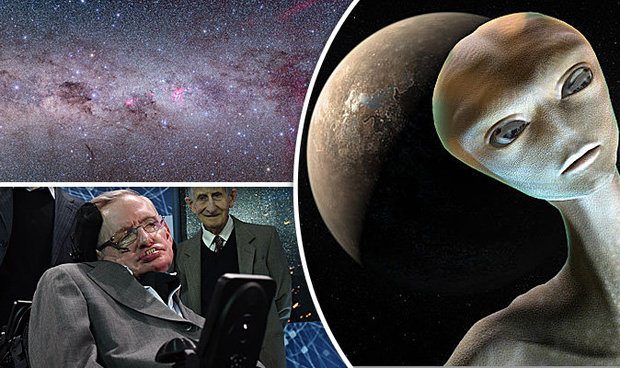NASA Greenlight Hawking’s StarChip Nano-Spacecraft
Peter Donnell / 8 years ago

Travelling to the stars is still a dream for humanity, but that doesn’t mean we’re not trying to take those first extremely-distant steps in one form or another. NASA has just greenlit a spaceship plan with the help of Professor Stephen Hawking. The StarChip Nano Spacecraft aims to achieve a speed of 1/5th that of lightspeed, roughly 59958491.6 meters per second!
The legendary cosmologist has already said before that we should already prepare to explore “Earth 2”, a super-earth like planet believed to be part of Earth’s closest star system in Proxima b. Of course, we won’t know all the tasty details, or if they’re what we hope for, until we get up close with some tech and take readings.
“Proxima b, is a new Earth-like planet orbiting Proxima Centauri – the closest neighbouring star to the Sun. It occupies in the “habitable zone” of the star, where temperatures are cool enough for the water, and therefore life, to thrive”
While the project was revealed back in April, a team at NASA has now begun working on the tiny crafts design. With 4.37 light years to travel, how would it survive the harshness of deep space radiation? NASA revealed a new silicon chip at the International Electron Devices meeting in San Francisco, which can automatically repair damage from space ray deterioration and improve the lifespan of the craft; just one of many hurdles the team will have to cross.
In April, Hawking said “the limit that confronts us now is the great void between us and the stars. But now we can transcend it. With light beams, light sails, and the lightest spacecraft ever built, we can launch a mission to Alpha Centauri within a generation. Today, we commit to this next great leap into the cosmos because we are human, and our nature is to fly.”
The aim is to launch the ship “within a generation” so don’t expect anything soon, but with the new craft design aiming to make that 4.37 light year trip in 20-years, it’s the first of what may become many extremely great steps to interstellar exploration.



















